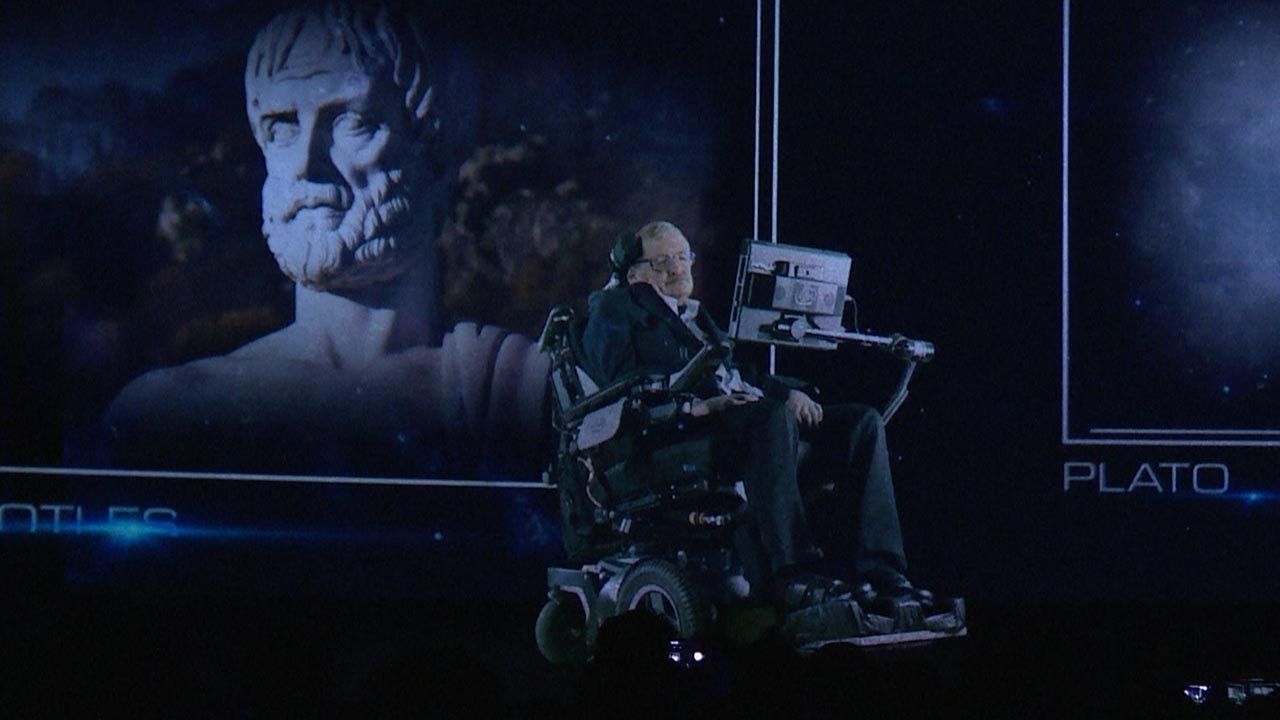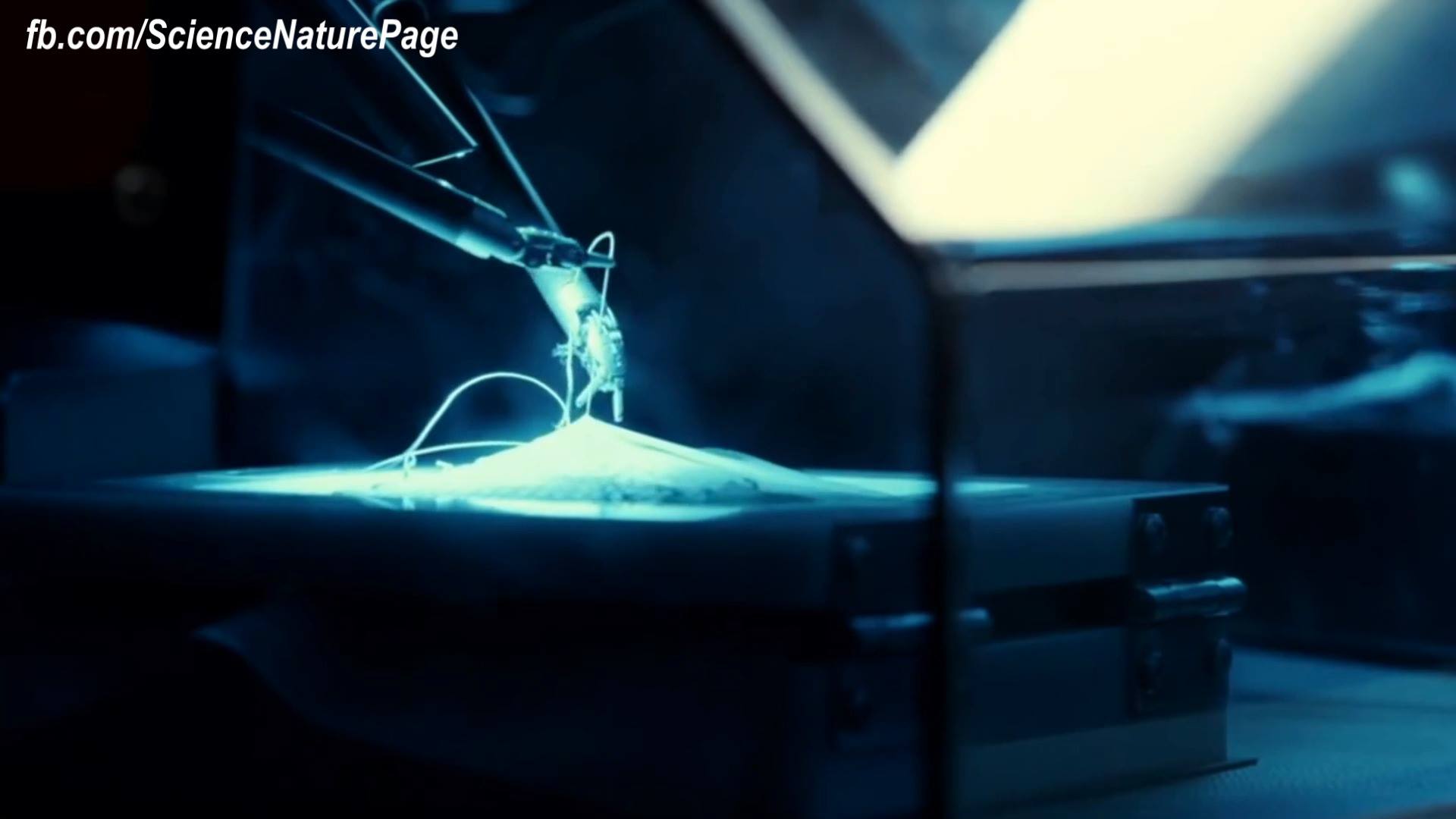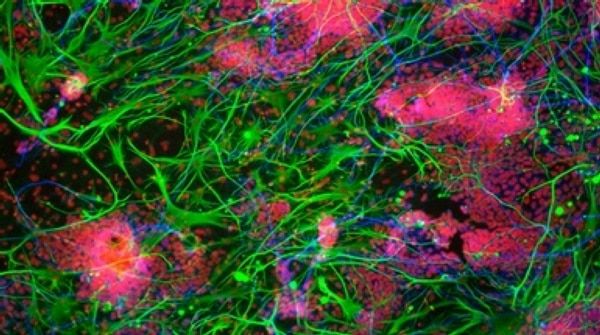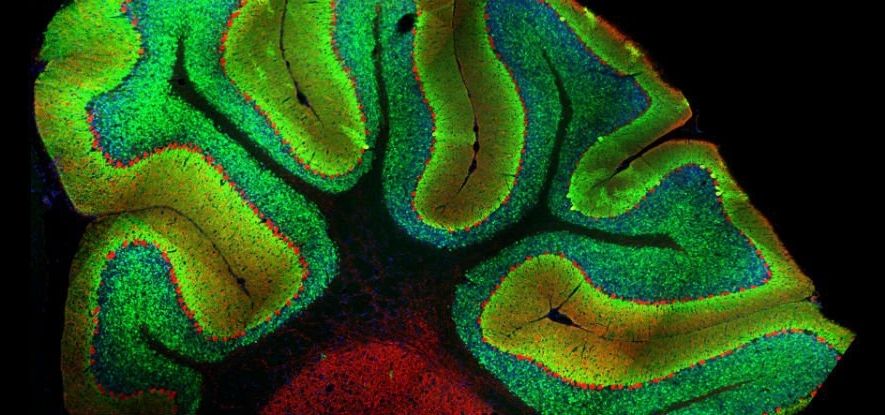Page 10426
Mar 31, 2017
Reversing Ageing
Posted by Shailesh Prasad in categories: biotech/medical, life extension
Mar 31, 2017
Japanese Man Is First to Receive “Reprogrammed” Stem Cells from Another Person
Posted by Shailesh Prasad in categories: biotech/medical, finance
World-first transplant to treat macular degeneration could augur rise of iPS cell banks.
- By David Cyranoski, Nature on March 29, 2017
Mar 31, 2017
Stephen Hawking Appears as a Hologram to Discuss the Future of Science
Posted by Shailesh Prasad in categories: climatology, cosmology, holograms, science

Stephen Hawking appeared through the marvel of modern technology as a hologram during an event in Hong Kong last week. He had some harsh words regarding our current climate of disregarding experts.
Stephen Hawking is a real wonder to behold. The now 75-year-old astrophysicist was told that he wouldn’t see past his 25th birthday due to his diagnosis of ALS (amyotrophic lateral sclerosis) or Lou Gehrig’s disease. And, although he is bound to a wheelchair, his mind has wildly surpassed his physical limitations.
Continue reading “Stephen Hawking Appears as a Hologram to Discuss the Future of Science” »
Mar 31, 2017
Ad Company Creates Working Tequila Cloud
Posted by Shailesh Prasad in category: futurism
Mar 31, 2017
This Is the Reconstructed Face of a Man Who Lived 700 Years Ago
Posted by Shailesh Prasad in category: futurism
You’re staring into the eyes of a man who lived in England during the 13th century, thanks to a digital facial reconstruction superimposed over what survives of his ancient, 700-year-old remains.
The individual has been named “Context 958” by researchers, who have pieced together details of the man’s life based on an analysis of his bones and teeth, as well as estimating how he would have looked.
Work on Context 958 is part of the wider After the Plague project underway led by the University of Cambridge in the UK, which is seeking to understand more about how people lived and died during this period of history.
Continue reading “This Is the Reconstructed Face of a Man Who Lived 700 Years Ago” »
Mar 31, 2017
Neuroscientists Have Accidentally Discovered a Whole New Role for the Cerebellum
Posted by Shailesh Prasad in categories: biotech/medical, computing, neuroscience
One of the best-known regions of the brain, the cerebellum accounts for just 10 percent of the organ’s total volume, but contains more than 50 percent of its neurons.
Despite all that processing power, it’s been assumed that the cerebellum functions largely outside the realm of conscious awareness, instead coordinating physical activities like standing and breathing. But now neuroscientists have discovered that it plays an important role in the reward response — one of the main drives that motivate and shape human behaviour.
Not only does this open up new research possibilities for the little region that has for centuries been primarily linked motor skills and sensory input, but it suggests that the neurons that make up much of the cerebellum — called granule cells — are functioning in ways we never anticipated.
Mar 31, 2017
Has Neuroscience Been Looking In the Wrong Place All Along?
Posted by Shailesh Prasad in category: neuroscience
Philosopher Alva Noë says there’s a big problem with neuroscience: It assumes brains produce consciousness.
Mar 31, 2017
Engineers design ‘tree-on-a-chip’: Microfluidic device generates passive hydraulic power
Posted by Shailesh Prasad in categories: engineering, robotics/AI
Trees and other plants, from towering redwoods to diminutive daisies, are nature’s hydraulic pumps. They are constantly pulling water up from their roots to the topmost leaves, and pumping sugars produced by their leaves back down to the roots. This constant stream of nutrients is shuttled through a system of tissues called xylem and phloem, which are packed together in woody, parallel conduits.
Now engineers at MIT and their collaborators have designed a microfluidic device they call a “tree-on-a-chip,” which mimics the pumping mechanism of trees and plants. Like its natural counterparts, the chip operates passively, requiring no moving parts or external pumps. It is able to pump water and sugars through the chip at a steady flow rate for several days. The results are published this week in Nature Plants.
Anette “Peko” Hosoi, professor and associate department head for operations in MIT’s Department of Mechanical Engineering, says the chip’s passive pumping may be leveraged as a simple hydraulic actuator for small robots. Engineers have found it difficult and expensive to make tiny, movable parts and pumps to power complex movements in small robots. The team’s new pumping mechanism may enable robots whose motions are propelled by inexpensive, sugar -powered pumps.

















